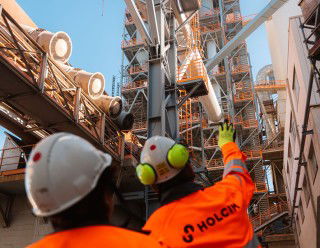The UK needs 4.4m new homes by 2016, but the pressure on land use by a variety of activities is increasing steadily. The UK government has allocated brownfield areas and derelict industrial sites to enable the building of 60 per cent of these houses. However, many of these sites need land treatment or removal to render the sites safe for human habitation.
Nevertheless, solutions are available, as evidenced by two techniques that have been heralded as the “saviour of green belt areas”. Research undertaken by the British Cement Association (BCA) shows how cement stabilisation and solidification can be used to chemically stabilise and physically immobilise contaminants within a solid matrix that prevents leaching. Moreover, it improves the engineering properties of the land, creating a monolithic structure suitable for building foundations and consequently, enabling the redevelopment of the land. “The benefits of in-situ stabilisation and solidification are significant”, according to the BCA’s Chris Clear. “It remediates and prepares the ground for redevelopment at the same time. This reduces development costs as only one contractor is required for groundwork operations.”
The most common method used in the UK, however, contains and isolates contaminates land by constructing cement-based slurry “cut-off” walls, which act as a barrier around the affected land to prevent leaching and contamination over a growing area. The slurry consists of cement, bentonite, ground granulated blast furnace slag and pulverised fuel ash. The slurry is poured into trenches of at least 13m deep and hardens over two to three days to form a low permeability barrier.
